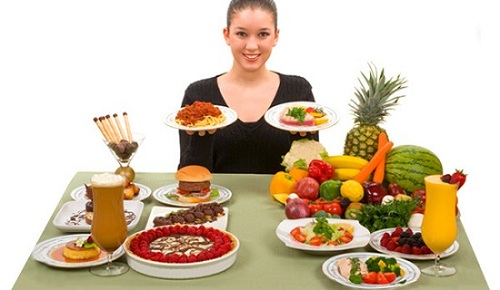People go to the gym for overall physical fitness, weight loss or weight maintenance, and to keep themselves healthier to fend off infections and diseases. But these same people go to the grocery and do their food shopping and may not even know what’s nutritious for their bodies, especially their cardiovascular systems. What you eat before and after a gym workout is important. But what about the food you eat between workouts?
The plethora of food choices is overwhelming and with all the information about those so-called “superfoods,” “whole foods,” and other similarly-categorized food items, it helps to know what kinds of food to buy and the reasons for doing so. How you work out at a gym like Equinox is no more important than what you consume outside of it. You may have heard bits and pieces of information about the “right” kinds of food; here are some guidelines on healthy grocery shopping:
Sources of Protein
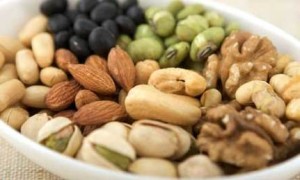 Basically, meats such as beef and pork, poultry like chicken and turkey, fish and other kinds of seafood, and nuts are all sources of protein, an essential element as muscle building blocks. Fish and seafood are especially good sources of Omega-3 fatty acids. Have baked, steamed or grilled fish twice a week including wild salmon, herring, and trout.
Basically, meats such as beef and pork, poultry like chicken and turkey, fish and other kinds of seafood, and nuts are all sources of protein, an essential element as muscle building blocks. Fish and seafood are especially good sources of Omega-3 fatty acids. Have baked, steamed or grilled fish twice a week including wild salmon, herring, and trout.
Avoid eating poultry skin whether they have cooked fried, grilled or boiled. In fact, try to avoid anything fried. There are now skinless chicken varieties available. And adding cream sauces to anything fried can only raise your cholesterol levels. Buy light or white chicken meat like the breast parts instead of the dark meat of the thighs and legs; the latter is fattier in content.
Choose lean meats; buy them with their fat portions trimmed and stay away if they are cooked fried. The cuts of pork and beef with the least amount of fat are usually labeled the loin and round portions. Purchase beef with grades that say “select” or “choice” instead of those labeled “prime” which have more fat. Have meats grilled, steamed, boiled or baked to reduce ingesting fat from them.
Non-Meat Substitutes for Protein
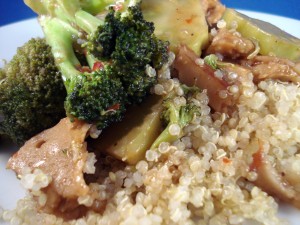 Try eating meat substitutes with the same amount of protein such as lentils, dried beans, peas, and soybean curd, more popularly known as tofu. These food items are not only high in protein but in dietary fiber as well. They are easier to digest, too. A two-ounce meat, fish or poultry serving can be replaced by a single serve cup of cooked peas, lentils, tofu or beans.
Try eating meat substitutes with the same amount of protein such as lentils, dried beans, peas, and soybean curd, more popularly known as tofu. These food items are not only high in protein but in dietary fiber as well. They are easier to digest, too. A two-ounce meat, fish or poultry serving can be replaced by a single serve cup of cooked peas, lentils, tofu or beans.
Nuts such as walnuts, almonds, and pistachios, as well as seeds like those from sunflowers, are also excellent sources of protein. Their monounsaturated and polyunsaturated fats are also good protein block builders; consume them in moderation, though, since they have the tendency to be highly caloric. Choose the unsalted variety even over those with low sodium. And remember that flavored nuts will most likely have food additives and preservatives.
Eating Your Vegetables…and Fruits
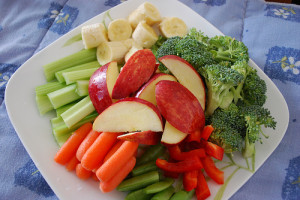 Your mother kept saying it to you: “eat your vegetables” and rightly so. Vegetables provide the body with dietary fiber, a key factor in the easy and regular elimination of waste. When your body’s digestive system is in good working condition, there is no risk of constipation, irritable bowel syndrome, diarrhea, and other gastrointestinal conditions which may interfere in healthy bowel movement; this helps get rid of unwanted fats and toxins in the body that contribute to weight gain and development of serious medical conditions.
Your mother kept saying it to you: “eat your vegetables” and rightly so. Vegetables provide the body with dietary fiber, a key factor in the easy and regular elimination of waste. When your body’s digestive system is in good working condition, there is no risk of constipation, irritable bowel syndrome, diarrhea, and other gastrointestinal conditions which may interfere in healthy bowel movement; this helps get rid of unwanted fats and toxins in the body that contribute to weight gain and development of serious medical conditions.
Fruits like oranges, strawberries, bananas, and apples are also dietary fiber sources; be sure to eat various kinds of fruits which are sources of vitamins, like vegetables, and other nutrients such as vitamins C and E, antioxidants, and anti-inflammatory agents to strengthen the immune system and prevent heart attack, stroke, hypertension, diabetes, and osteoarthritis. Buy canned or frozen fruits/vegetables in water but without saturated fats, sugars, sodium or trans fats.
Stocking Up on ‘Em Raw and Having Them as Desserts
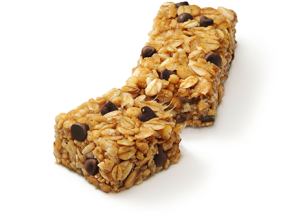 There are more ways to replenish your energy from your workout than munching on granola bars, although these are good options, too. Stocking up on raw fruits and vegetables when you do your grocery shopping makes it more convenient to eat them as snacks because they are available in your ref’s crisper. Cherry tomatoes, steamed broccoli and cauliflower, and the ubiquitous celery and carrot sticks are low in calories but high in nutrition; just don’t have them with ranch or cheese dips.
There are more ways to replenish your energy from your workout than munching on granola bars, although these are good options, too. Stocking up on raw fruits and vegetables when you do your grocery shopping makes it more convenient to eat them as snacks because they are available in your ref’s crisper. Cherry tomatoes, steamed broccoli and cauliflower, and the ubiquitous celery and carrot sticks are low in calories but high in nutrition; just don’t have them with ranch or cheese dips.
Instead of having desserts such as a pie or cake slice or other bakery goods, have canned, dried or fresh fruit instead; make sure that your chosen fruit is packed in water without sugars or sodium. If fresh fruit juice curbs your hunger pangs while working out at Gold’s Gym, include it in your grocery cart, albeit fruit juice provides less fiber that the whole version.
Ask your doctor about consuming grapefruit, pomegranate, grapefruit juice, and pomegranate juice if you’re on medications for lowering cholesterol since they may interact adversely with these fruit varieties. Remember that what you eat between workouts depends on what your grocery cart contained the last time you shopped.
